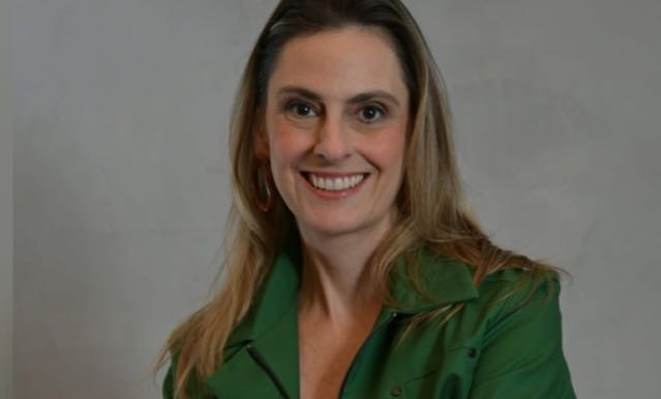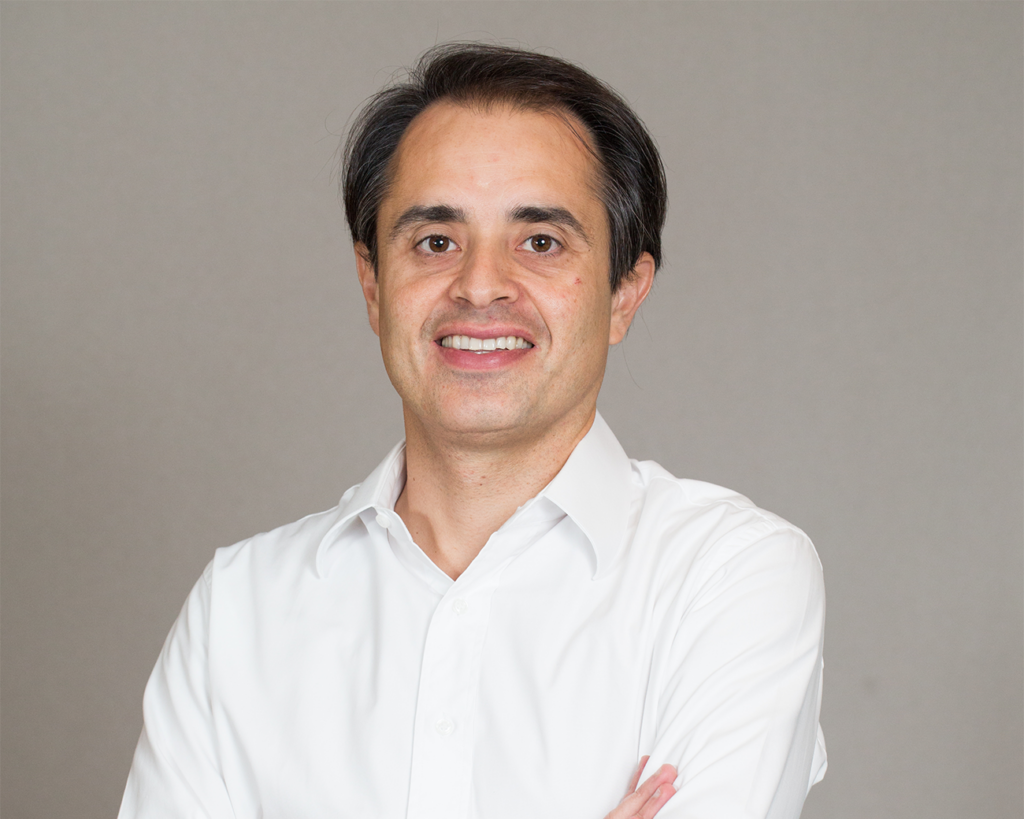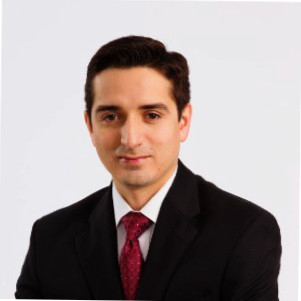LP Profiles, Member Profiles
An Interview with Lindel Eakman, UTIMCO
22 September 2011

LAVCA spoke with Lindel Eakman, Managing Director at the University of Texas Investment Management Company (UTIMCO), about the endowment’s expectations for Latin America private equity and special relationship with Mexico.
 LAVCA: Please give some background on UTIMCO.
LAVCA: Please give some background on UTIMCO.
Eakman: Created in March 1996, UTIMCO is the first external investment corporation formed by a public university system and oversees investments for The University of Texas and Texas A&M Systems with assets totaling $24 bln. The assets are broadly diversified by asset class and structure across global markets. Endowment assets represent $19 bln of the total assets with a long-term investment mandate that includes private fund structures.
LAVCA: Roughly what percentage of your portfolio is allocated to private equity and to emerging markets private equity specifically?
Eakman: The private portfolio is currently positioned at our target exposure representing slightly less than 25% of the endowment assets. This includes all types of exposures held through a private fund structure. Emerging markets private equity represents nearly 10% of the market value and 12% of the unfunded exposure in the private portfolio. The emerging markets exposure has been steadily increasing over the last decade and is on target to represent 20% of the total assets and 20% of the private portfolio.
LAVCA: What geographies and/or industries are of particular interest to you right now? What about in Latin America specifically?
Eakman: The emerging markets portfolio is broadly diversified with exposure across markets through underlying funds. Existing General Partners typically identify opportunities relative to each individual market generally following a fairly well-established development curve. The opportunities tend to present themselves around the themes of domestic consumption of goods and services and the infrastructure required to bring the same to market. In Latin America, many of the individual private equity markets are still nascent and may require a regional approach to access at scale. Brazil, Mexico, and the Andean region stand out as an attractive opportunity set today.
LAVCA: You’ve invested in funds in Mexico. Can you give us some more details about your experience investing in the country?
Eakman: Texas and Mexico have always been close neighbors, even including the occasional spat. While there are many investment considerations, a relatively large economy and strong demographics should enable Mexican private equity to play an attractive role in any portfolio. The UTIMCO experience has been a positive one with an early investment through Nexxus Capital returning over 3x MOIC.
LAVCA: How do you think about the decision of whether to invest in a global fund versus a regional or country-specific fund?
Eakman: The choice between a global, regional, or country specific fund needs to be considered from two angles. As a limited partner constructing a global emerging markets portfolio, it is important to consider the diversification of macroeconomic risk (and reward) available through a global or regional fund(s). It is also important to consider the limited partner staff resources available to identify and monitor the portfolio. Given staff resources and a broadly diversified core portfolio, UTIMCO has chosen to use regional funds across certain markets while also identifying single country managers to add to the portfolio. The portfolio is a reflection of bottom-up manager selection married with a top-down market view.
LAVCA: What would be a typical size of a commitment that you make to a fund?
Eakman: UTIMCO will typically commit $50-$100M to a given fund with the expectation of building a $100M+ position with the manager across multiple funds.
LAVCA: How do you go about finding and selecting the fund managers you work with in Latin America? What key characteristics do you look for?
Eakman: UTIMCO staff works directly with potential fund managers to determine whether they might be an appropriate addition to the portfolio. In addition to significant travel and on the ground diligence, a strong network of like-minded limited partners often acts as a referral base. Many times, existing general partners provide another strong source for identifying promising investment managers. The individuality of markets often means that fund managers will exhibit a key edge or focus applicable to their given markets.
LAVCA: What advice would you give to a Latin American fund manager seeking investment from UTIMCO?
Eakman: UTIMCO constantly reviews fund offerings across the Latin American markets. A recommendation from existing limited partners is an ideal introduction. An introduction off-cycle is also helpful. An illiquid private fund commitment often lasts well in excess of 10 years and these vehicles should not be entered into lightly. Developing a relationship over a longer period and showing consistency of strategy, team, and results is the best way to become a long term partner with UTIMCO.
LAVCA: In your opinion, what are the 2-3 biggest obstacles for international LPs looking to invest in the region?
Eakman: As with any emerging market, worries about the dearth of proven investment management teams and large fund flows that may create challenging market conditions. Limited partners often fail to understand the execution difficulties of emerging markets and the related scarcity of proven management talent at the company level. In certain markets, it is also difficult to understand the existing structure of familial ownership and cultural obstacles to private equity.
LAVCA: How do you see your allocation to private equity in general and to emerging markets private equity in particular changing over the next 5 years?
Eakman: The emerging markets portfolio will continue rotating across markets to reflect a changing global GDP base. The portfolio will reflect growing exposure to emerging markets and will do so through illiquid vehicles where the right combination of manager and market is available and not accessible in a more liquid structure.
You may be interested in...
-

Luciana Antonini Ribeiro, eB Capital
Executive: Luciana Antonini Ribeiro, Co-Founder and CIO Member Name: eB Capital Year...
-

Cristiano Gioia Lauretti, Kinea Private Equity
Member: Kinea Executive: Cristiano Gioia Lauretti, Head of Private Equity HQ: São...
-

Maria Pia Iannariello, MGM Innova Capital
LAVCA recently spoke with Maria Pia Iannariello, Co-Founder & COO of MGM Innova Capital,...
-

Rafael Ramirez, Portfolio Manager, Alaska Permanent Fund Corporation
LAVCA recently spoke with Rafael Ramirez, Portfolio Manager– Private Equity &...